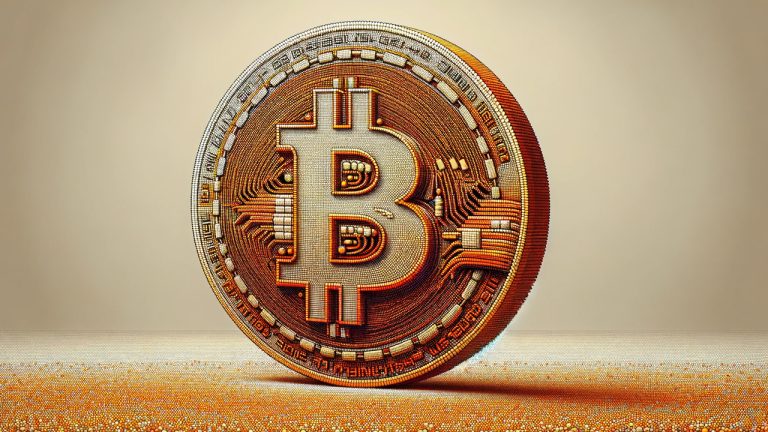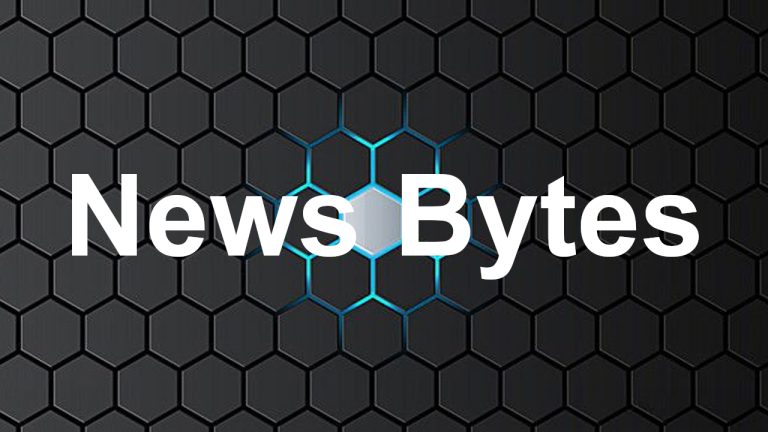
The deployer account changed an Alex contract’s implementation address, and multiple tokens were subsequently drained from its bridge.
According to a May 14 report from blockchain security platform CertiK, the Alex protocol bridge on the BNB Smart Chain network suffered $4.3 million in suspicious withdrawals just after its contract was suddenly upgraded.
Alex is a Bitcoin layer-2 protocol. According to its official website, it provides decentralized finance applications on Bitcoin. Its bridges are used to transfer assets from other networks, such as BNB Smart Chain and Ethereum, to its own network.
Blockchain data confirms that the Alex deployer account performed five identical upgrades to the “Bridge Endpoint” contract on BNB Smart Chain beginning at 3:56 pm UTC. Approximately $4.3 million worth of Binance-Pegged Bitcoin (BTC), USD Coin (USDC), and Sugar Kingdom Odyssey (SKO) were subsequently removed from the BNB Smart Chain side of the bridge.




















